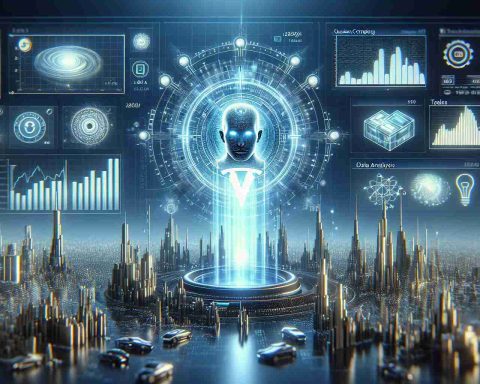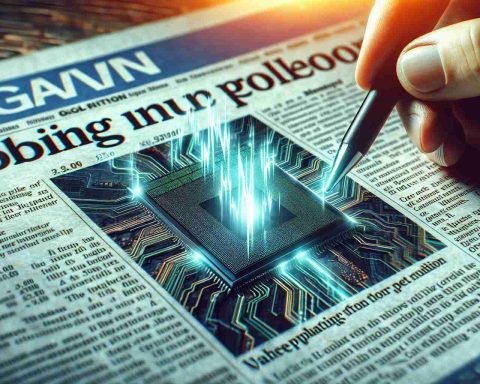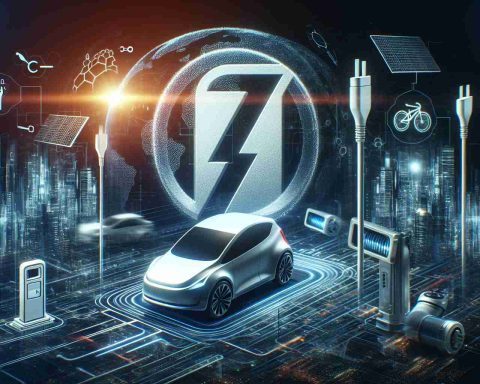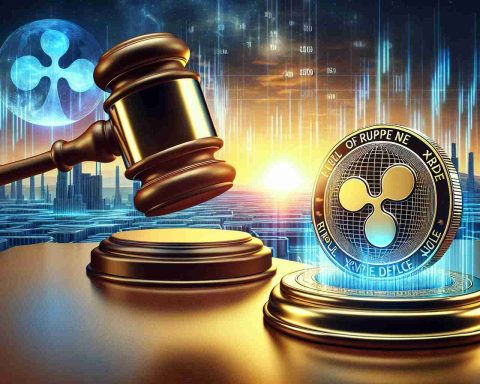The merging of artificial intelligence (AI) with blockchain technology is reshaping the landscape of digital assets, resulting in innovative opportunities and intricate challenges for businesses. Recent discussions at TechLaw.Fest, organized by the Singapore Academy of Law, highlighted this dynamic intersection. Experts emphasized the need for a deeper understanding of the legal frameworks that govern these technologies.
Throughout the conference, participants explored how AI could streamline legal processes, from accelerating document review to optimizing contract assessments. The discussion revealed that while AI has the potential to enhance the efficiency and precision of legal services, it also poses ethical dilemmas, such as algorithmic bias and the future of employment in the legal field.
Panelists pointed out that while blockchain technology provides a decentralized and transparent transaction record, it still faces hurdles in speed, especially compared to traditional methods like credit card processing. A noteworthy case cited involved the Australian Stock Exchange’s attempts to implement these technologies, which ultimately faced significant setbacks.
Moreover, concerns surrounding regulatory frameworks were raised, particularly regarding the pace of legislation relative to the speed of technological advancements. Experts highlighted the necessity of developing robust guidelines that address both the potential benefits and risks associated with AI and blockchain.
In summary, while the convergence of AI and blockchain ushers in transformative potential for various sectors, navigating the accompanying legal complexities will require close collaboration between industry leaders and regulators.
The Intersection of AI and Blockchain: A Game-Changer for Digital Assets
As the world becomes increasingly digital, the convergence of artificial intelligence (AI) and blockchain technology is poised to revolutionize how we manage and exchange digital assets. While the previous discussions have highlighted some of the benefits and challenges, there are several important aspects to consider that may not have been covered.
Key Questions and Answers
1. What are the potential applications of AI in blockchain?
AI can enhance blockchain applications in various ways, such as improving transaction verification processes, optimizing supply chain management, and enhancing user experience by personalizing services. For example, AI can analyze historical blockchain data to predict fraud or malicious attacks, thereby strengthening security measures.
2. How does the incorporation of AI impact data privacy on the blockchain?
Incorporating AI within blockchain raises significant privacy concerns. While blockchain is designed to be transparent, integrating AI systems may necessitate processing large volumes of sensitive data, which can conflict with privacy regulations such as GDPR. Striking a balance between data utility and privacy remains a critical challenge.
3. What role do smart contracts play in this intersection?
Smart contracts, which are self-executing contracts with terms written into code, can benefit from AI’s predictive capabilities. By utilizing AI, smart contracts can better analyze conditions and automate decisions, resulting in more efficient transaction executions in real-time.
Challenges and Controversies
While the integration of AI and blockchain presents exciting prospects, it also brings forth key challenges:
1. Interoperability Issues: One of the most significant hurdles is ensuring that AI algorithms can effectively communicate with various blockchain protocols. This lack of interoperability could impede the seamless flow of data across platforms.
2. Ethical Concerns: The ethical implications of using AI in conjunction with blockchain cannot be overlooked. Issues related to algorithmic transparency and accountability abound, particularly regarding decisions made autonomously by AI systems.
3. Regulatory Uncertainty: The legal landscape surrounding the integration of these technologies is still evolving. Striking a balance between innovation and regulation remains a contentious topic, with regulators scrambling to keep up with the rapid technology advancements.
Advantages and Disadvantages
Advantages:
– Increased Efficiency: The combination of AI and blockchain can streamline business processes, reducing time and costs.
– Enhanced Security: Blockchain’s transparency, combined with AI’s anomaly detection capabilities, can create a more secure digital asset environment.
– Data Insights: AI can analyze transaction data from blockchains to provide valuable insights into market trends and user behavior.
Disadvantages:
– Scalability Challenges: Both technologies face scalability issues, making widespread adoption costly and time-consuming.
– Complexity: The integration of AI and blockchain requires sophisticated knowledge that many organizations may not possess, creating a barrier to entry.
– Privacy Risks: There is always a risk that merging these technologies might expose sensitive information if not managed correctly.
In conclusion, the intersection of AI and blockchain is set to redefine the landscape of digital assets, offering both significant advantages and formidable challenges. As stakeholders navigate this evolving terrain, cooperation between technologists, businesses, and regulators will be essential to harness the potential while mitigating risks.
For further exploration on the subject, visit IBM and Forbes.















